
The benefits of raising one’s own primroses (Primula spp. and cvs., Zones 3–9) from seed are many. The cost savings alone should be obvious, not to mention that most of the excellent species available to grow are challenging to find even at the best garden centers. Most commercial perennial growers only offer a few varieties as plugs to wholesale growers. Best of all, the Northeast is particularly suited for some of the choicest woodland primroses. Just don’t forget that primroses are perennial, so plan on starting seeds this winter, planting seedlings outdoors in late spring, and getting the first blooms the following spring. If you sow seeds every year, this wait tends to disappear.
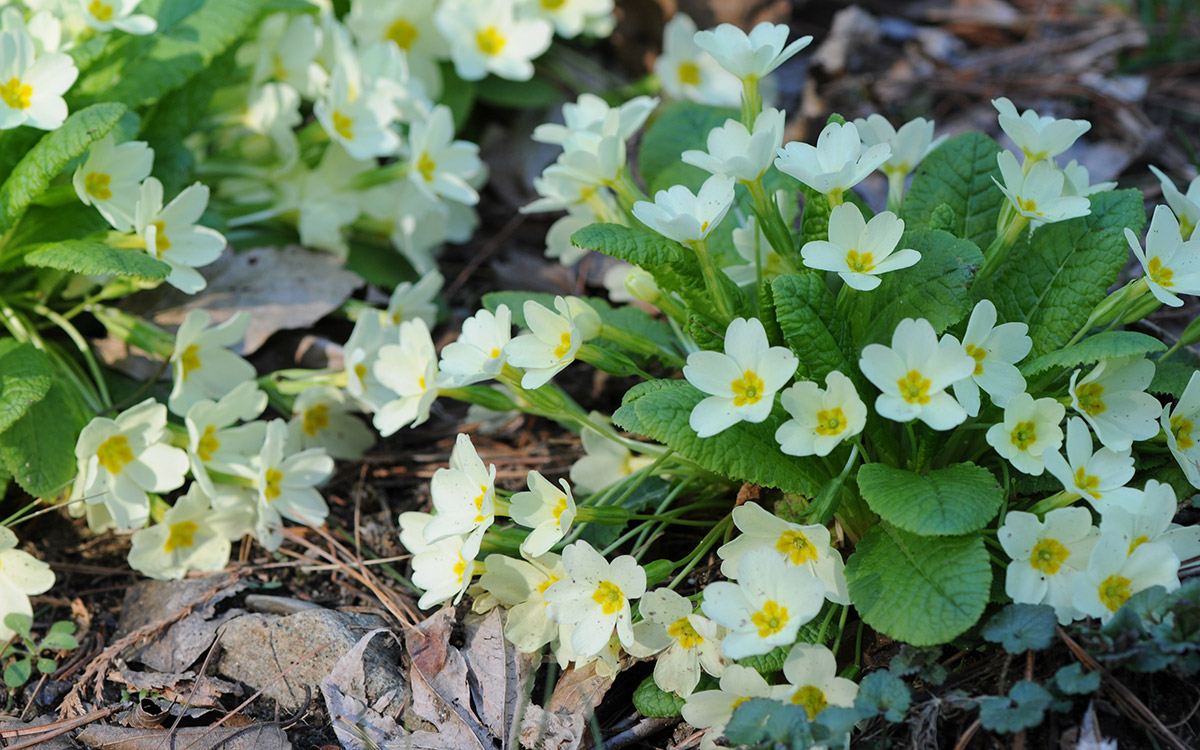
Sourcing your seed
Primrose seed is typically started in winter from January until early March, but your greatest challenge may be finding good and viable fresh seed. Most U.S. seed catalogs only offer florist primroses (intended for potted ornamental greenhouse plants like the ones we see in supermarkets in January) or, even more confusing, evening primroses (Oenothera spp. and cvs., Zones 4–9), which belong to a completely different genus. I get my seed from plant society seed exchanges such as the ones offered by the North American Rock Garden Society or the American Primrose Society. Still, some of the finest seeds come from a few mail-order seed companies such as Barnhaven Primroses and Jelitto Seed.
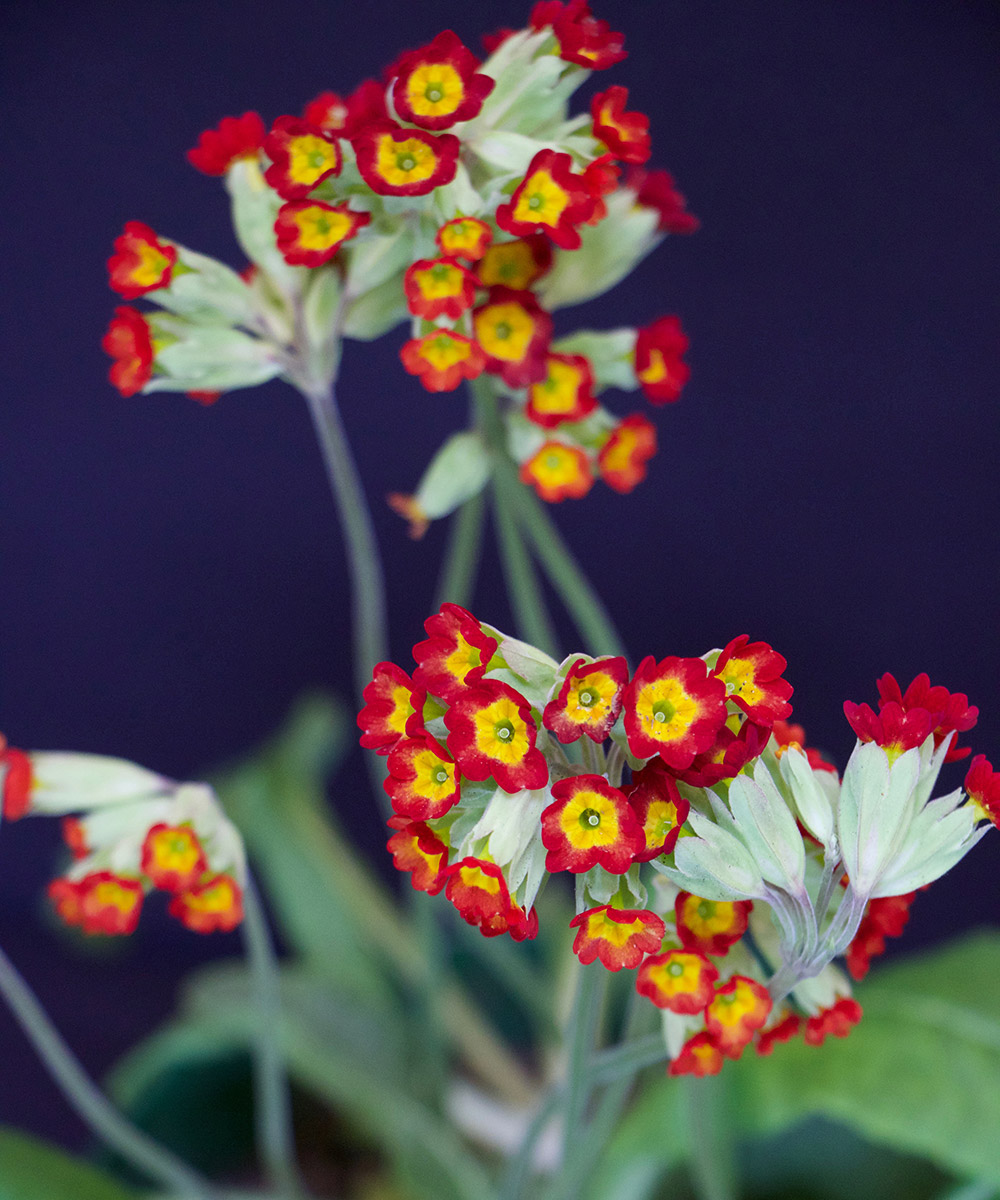
Where to start
The genus Primula is large; with 450 species, it should come as no surprise that many are challenging to grow. For example, if you want to grow the fancy bear’s ear primrose (P. auricula, Zones 3–8), I would advise you to find young plants at an alpine nursery (such as Wrightman Alpines) and follow cultural directions available from the American Primrose Society. However, if you’ve never grown primroses before, I suggest beginning with four species and their various named selections, as they all share similar cultural techniques. Start with cowslips (P. veris, Zones 3–8), oxlips (P. elatior, Zones 4–8), drumstick primroses (P. denticulata, Zones 3–8), and common primroses (P. vulgaris, Zones 4–8). These are often available as pure species, or as colorful cultivars in many forms.
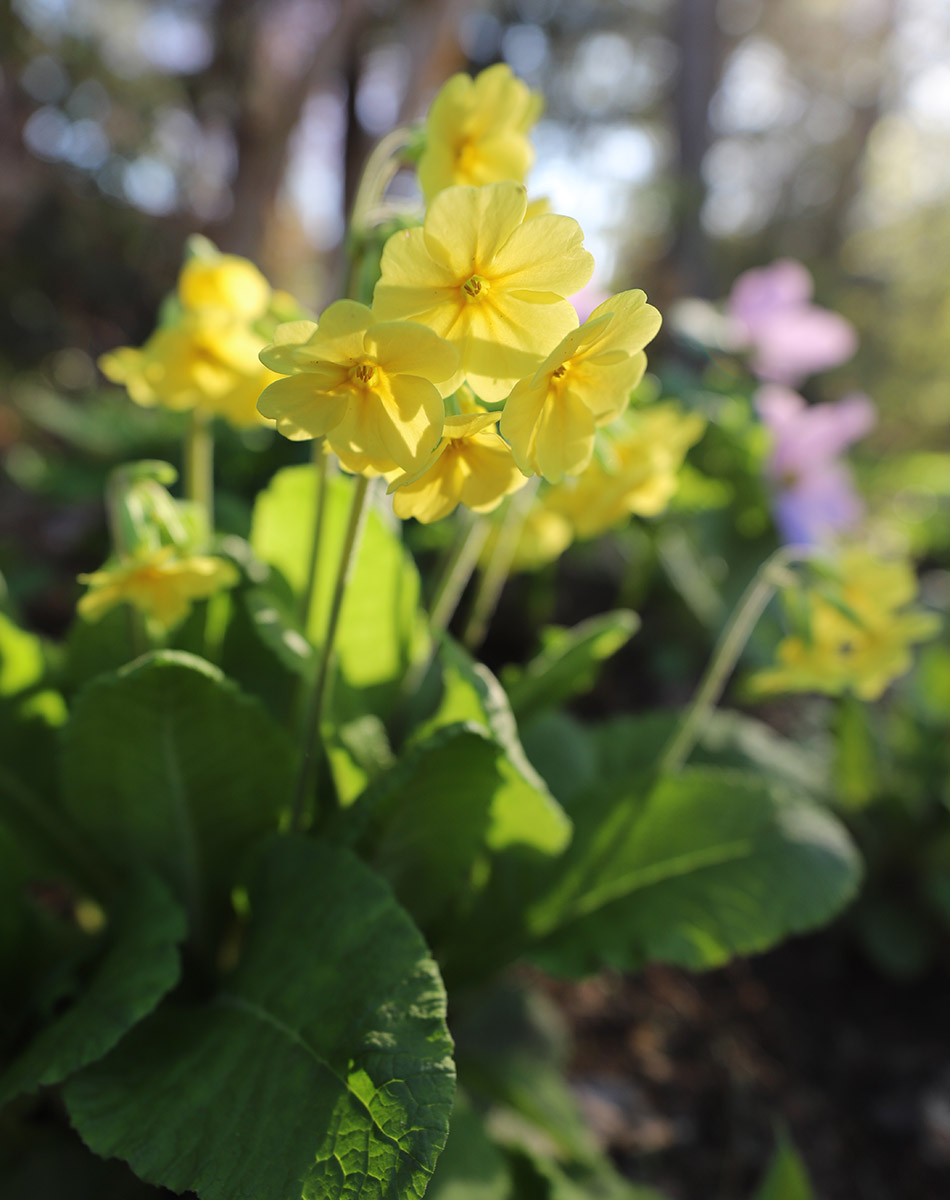
Sowing seeds and cold treatment
Seeds should be sown in winter (January or early February) and lightly covered with 1/16 inch of something like canary or chicken grit, which will help in reducing moss growth and will still allow some light in. If you purchased prechilled seed (such as the Jelitto Gold Nugget Seed®), germination will be rapid without refrigeration. Just sow and set the pots or trays under grow lights just as you might begin tomatoes indoors. Regular seeds (unchilled or unrefrigerated) will need to have their pots set outdoors and exposed to cold, freezing temperatures for at least a month, preferably two. Don’t worry so much about cold-stratifying seed, because it is so easy; I just set trays that have been sown outdoors in an area where I can find them if the snow is deep, usually under a deck chair so that I know where it is in a month. If you have curious squirrels or pets, you may want to cover the trays with a pot or a screen.
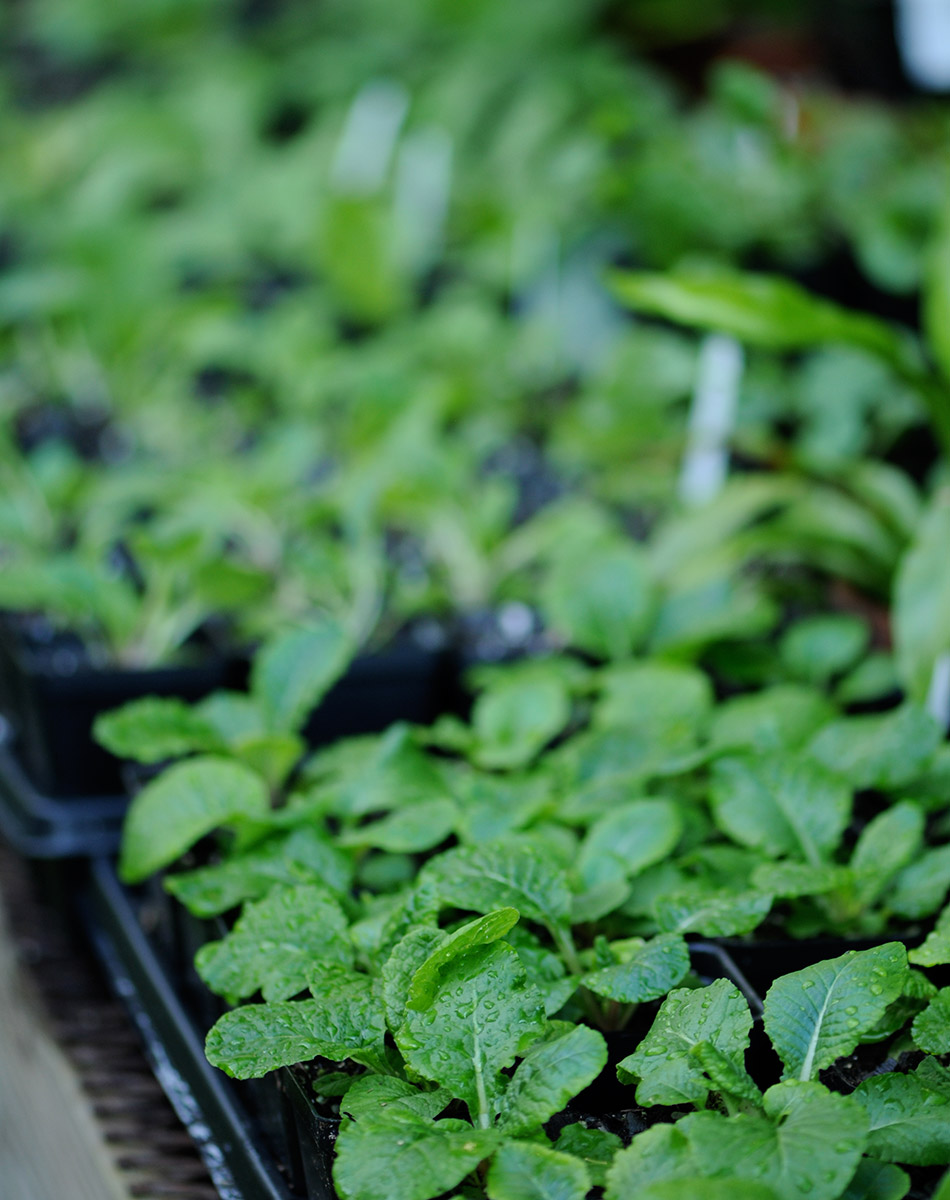
After cold treatment and transplanting
Most primrose seeds will germinate once the pots are brought back into relative warmth (50° to 60°F), and from this point forward, you just need to treat them as you might any other annual flower. The good news is that primroses transplant easily, as root disturbance doesn’t seem to harm them. Continue to grow them in a cool and bright location (50° to 60°F), pulling out and transplanting the seedlings as soon as they form their second pair of leaves. Once outdoors, the young plants can tolerate warmer, springtime conditions.
Once the weather warms outdoors, you can set individual pots of young plants into the ground until they start blooming the following spring. Primroses prefer partial sun (east exposure) to semi-shady woodland-type loamy garden soil that’s rich with leaf mold. They perform well under deciduous trees. I sometimes plant rows of first-year seedlings out in the vegetable garden in raised beds, transplanting them the following spring even while they are in bloom so that I can position colors where I want them.
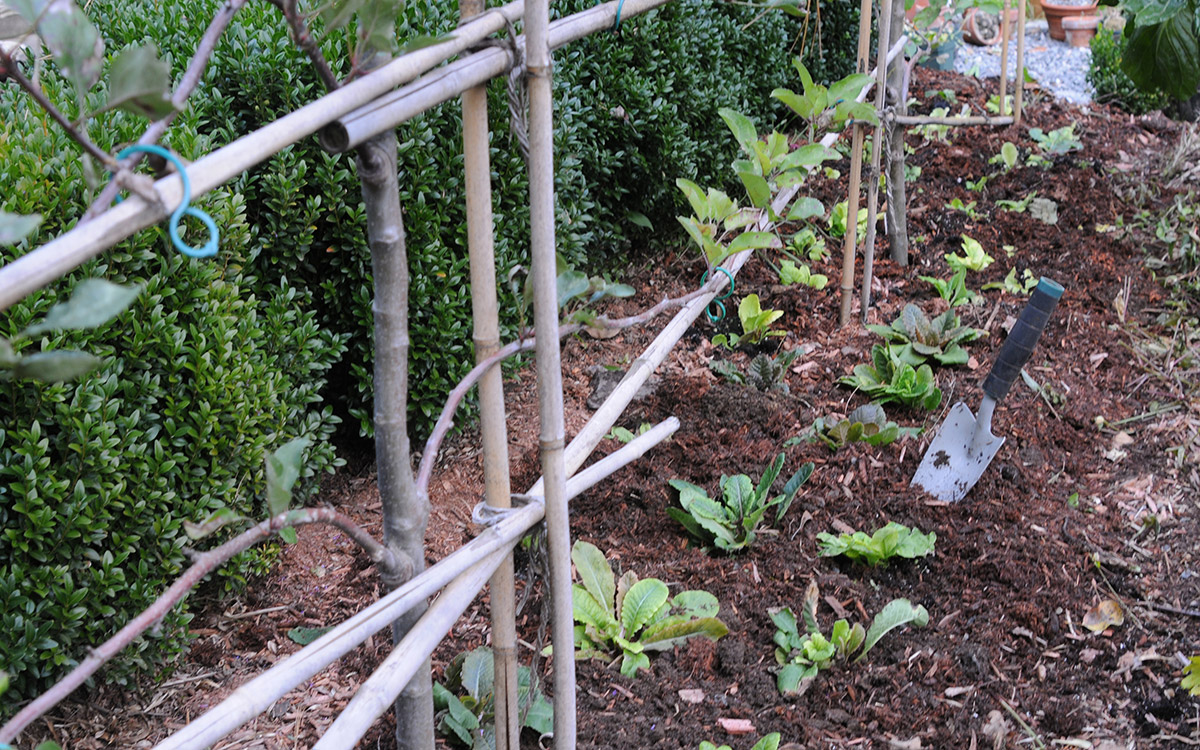
Enjoying them for years to come
Ongoing care is also easy, but I would avoid using a thick layer of bark mulch around their crown, opting for chopped leaves or compost instead. Don’t be afraid to dig and move your plants, dividing and sharing every few years, as this will help maintain vigor. A primrose left alone for more than a few years will eventually disappear from the garden as it grows weak.
—Matt Mattus is a lifelong gardener and vice president of the Worcester County Horticultural Society. He’s written two books: Mastering the Art of Flower Gardening and Mastering the Art of Vegetable Gardening.




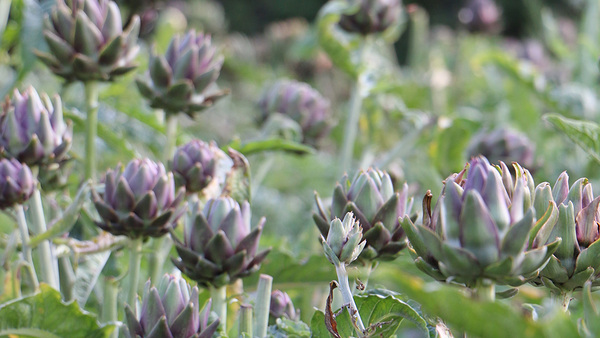













Comments
Log in or create an account to post a comment.
Sign up Log in